Pinterest Affiliate Marketing is an easy and profitable way to monetize your content without the need for your own products or a website.
Why Pinterest Affiliate Marketing Works in 2025
Pinterest isn’t just a platform for saving recipes and home décor ideas anymore—it’s a powerhouse for affiliate marketers. According to Statista, Pinterest had over 518 million monthly active users as of Q1 2025, and nearly 45% of them use the platform to actively search before buying. That means Pinterest isn’t just social—it’s searchable, visual, and buyer-ready.
What makes Pinterest uniquely effective for affiliate marketing?
- It’s a visual search engine, not a typical social network.
- Pins have long shelf lives, sometimes generating clicks for months or even years.
- You can succeed without a large following or personal brand.
By creating attractive pins linked to affiliate products, users can earn passive income every time someone clicks and buys.
The Affiliate Marketing Model Explained
Before diving deeper into Pinterest strategies, here’s a quick overview of how affiliate marketing works:
| Component | Description |
|---|---|
| Affiliate (You) | Promotes a product or service and earns a commission for each sale or click |
| Merchant | The company offering the affiliate product |
| Affiliate Network | Acts as a bridge between you and merchants (e.g., ShareASale, CJ Affiliate) |
| Tracking Link | Unique URL that tracks user clicks and purchases |
Example: If you promote a stylish kitchen blender through an affiliate link on Pinterest, and a user clicks it and buys the product, you earn a commission—often 5% to 30%, depending on the program.
Setting Up for Success on Pinterest
Getting started doesn’t require a website or a big budget. Just follow these foundational steps:
1. Create a Business Pinterest Account
A business account gives you access to Pinterest Analytics and lets you run promoted pins in the future. It’s also free.
2. Enable Rich Pins
Rich Pins add metadata from your product links automatically—enhancing the look and boosting click-through rates. Visit Pinterest’s Developer Guide to validate them.
3. Join Reputable Affiliate Programs
Some of the most beginner-friendly and Pinterest-compatible affiliate networks include:
- Amazon Associates (limited but effective for household items)
- ShareASale
- Rakuten Marketing
- ClickBank (digital products)
- CJ Affiliate
Be sure to check each program’s policy regarding Pinterest. Amazon, for example, requires a short disclosure and doesn’t allow cloaked URLs.
Crafting Clickable Pins that Sell
The visual appeal of your pins can make or break your earnings. Here’s how to build affiliate-friendly pins that perform:
- Use Canva or Adobe Express for clean, vertical pins (1000x1500px)
- Add bold, keyword-rich text overlays (e.g., “Top 5 Vegan Cookbooks Under $20”)
- Use high-contrast colors and clear fonts
- Link directly to your affiliate URL or a landing page (if required)
Let’s say you’re promoting a skin care tool—your pin might say:
“Why This $25 Jade Roller Is Going Viral – And Where to Get It”
The Best Content Types for Pinterest Affiliate Marketing
Certain types of content perform significantly better on Pinterest. Here’s a list of content ideas you can repurpose for affiliate sales:
- Product roundups (“10 Travel Essentials You’ll Actually Use”)
- Comparison charts (e.g., “Best Smartwatches Under $100”)
- Gift guides for seasonal trends
- “How-to” tutorials featuring a product
- Reviews or “Pros & Cons” breakdowns
For example, creating a pin titled “Top 5 Kitchen Gadgets for Small Apartments” can easily lead users to a blog post or direct affiliate links.

SEO on Pinterest: Ranking for Maximum Reach
Pinterest uses keywords just like Google. To increase the discoverability of your pins:
- Optimize your profile with keywords (bio, board titles)
- Add keywords to pin descriptions, titles, and image filenames
- Use hashtags like
#homeorganization,#budgetbeautyfor trend exposure - Pin consistently—aim for 1–5 pins per day using a scheduler like Tailwind
HubSpot confirms that consistent pinning and strong visuals are key to increasing traffic from Pinterest organically (Source: HubSpot Marketing Blog, 2024).
Mistakes to Avoid in Pinterest Affiliate Marketing
Even though the platform is beginner-friendly, many fall into common traps. Here’s what not to do:
- Using shortened or cloaked links (can get your account suspended)
- Ignoring disclosure rules (always add “#affiliate” or a short note)
- Spamming boards with repetitive pins
- Not checking mobile optimization (majority of Pinterest traffic is mobile)
Pinterest Affiliate Marketing Success Stories
To make this guide more relatable, here are real-world examples of people making income from Pinterest:
- Ana Johnson, a stay-at-home mom, earns around $1,200/month sharing her favorite kids’ educational toys through affiliate pins.
- Jared T., a fitness enthusiast, created pins linking to protein powders and gym gear, reaching 50,000+ monthly views.
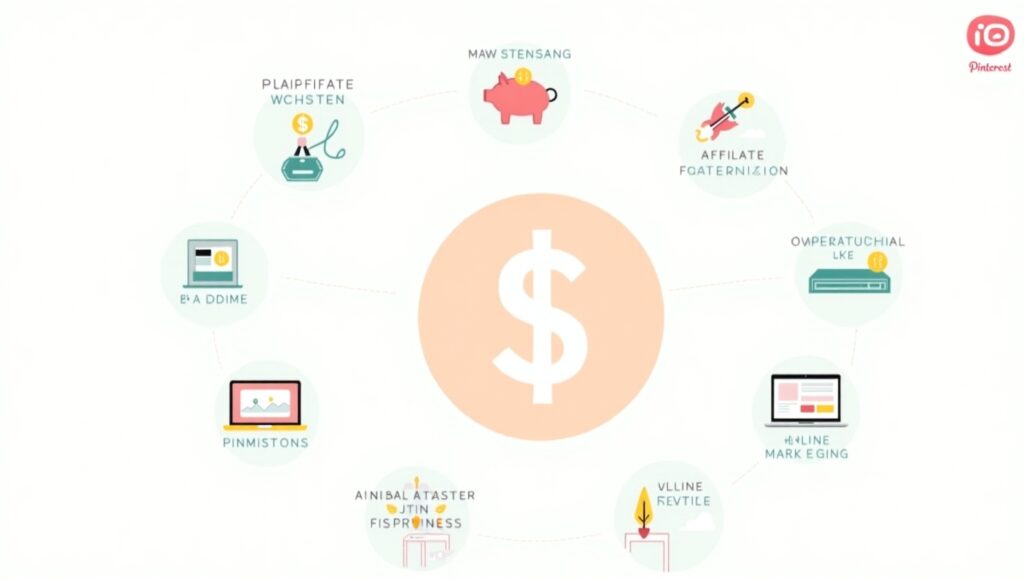
Their secret? They focused on one niche, created visually branded pins, and pinned consistently.
Action Plan: Your First 7 Days on Pinterest
| Day | Action Step |
| 1 | Set up your Pinterest Business profile |
| 2 | Choose your niche and join 1–2 affiliate programs |
| 3 | Design 3 affiliate pins using Canva |
| 4 | Write engaging pin descriptions with keywords |
| 5 | Create 3 themed boards (e.g., “Budget Home Hacks”) |
| 6 | Pin 1–2 times daily; start tracking clicks via affiliate panel |
| 7 | Analyze which pin performed best and make 2 similar ones |
This plan is scalable—after 30 days of consistency, you can start seeing real traction and even earnings.
Engage With Your Audience for Higher Conversions
Engagement matters even on Pinterest. Here’s how you can build a following and increase interaction:
- Reply to comments or messages on your pins
- Use “story pins” (now Idea Pins) to show real-life product usage
- Encourage people to save your pins for later
- Add a call-to-action like “Pin this for your next shopping spree!”
More interaction leads to higher visibility—Pinterest’s algorithm boosts content that gets engagement within the first 24 hours.
Monetizing Without a Blog: Yes, It’s Possible

A common question from beginners is: Do I need a blog to make money with Pinterest affiliate marketing?
The answer is no. You can link directly to your affiliate offers or use a landing page created on platforms like Linktree, ConvertKit, or even a Google Site. However, a blog amplifies your authority and allows for SEO traffic from both Pinterest and Google.
For example, a Pinterest user might find your pin on “5 Best Budget Backpacks” and land on a blog post reviewing each item. This keeps them on your content longer and builds trust, increasing conversions.
Growing Your Pinterest Traffic Over Time
Like any platform, Pinterest takes time to build momentum. Here are some long-term strategies:
- A/B test pin designs to find what converts best
- Use Pinterest Trends to discover seasonal opportunities
- Partner with group boards to expand your pin reach
- Consider Pinterest ads once you know your best-performing pins
Tools like Tailwind, Canva Pro, and Bitly (for tracking) can help automate and improve your workflow.
Final Thoughts: Turn Pins Into Passive Income
Pinterest Affiliate Marketing is more than just pinning pretty pictures—it’s a smart, scalable, and low-cost way to earn money online. Whether you’re a student, stay-at-home parent, or digital nomad, you can start today with zero upfront investment. With consistency, eye-catching visuals, and smart affiliate choices, Pinterest can become a reliable income stream even for total beginners.
Frequently Asked Questions (FAQ)
What is Pinterest Affiliate Marketing and how does it work?
Pinterest Affiliate Marketing is a strategy where you promote products through Pinterest pins that contain your unique affiliate links. When someone clicks your pin and makes a purchase, you earn a commission. It works by leveraging Pinterest’s visual search engine to attract people interested in shopping or exploring ideas.
Do I need a website or blog to start affiliate marketing on Pinterest?
No, a website is not required to start. You can directly link to affiliate products using approved networks. However, having a blog can help increase conversions and allow you to repurpose content across platforms.
Can I use Amazon affiliate links on Pinterest?
Yes, but you must follow Amazon Associates’ guidelines. This includes using proper disclosures and avoiding link cloaking. Always ensure that your pins clearly indicate they are affiliate links (e.g., “#affiliate”).
How much money can I make with Pinterest Affiliate Marketing?
Earnings vary based on your niche, consistency, and pin performance. Some users make $100/month as a side hustle, while others earn thousands. Success depends on traffic volume, product relevance, and click-to-purchase conversion rates.
What are the best affiliate programs for Pinterest beginners?
The most recommended affiliate networks for beginners include:
ShareASale
Amazon Associates
Rakuten
CJ Affiliate
ClickBank
Choose networks with products that align with your target audience’s interests on Pinterest.
How do I track performance and earnings from my affiliate pins?
Use the analytics tools provided by your affiliate network to track clicks and sales. Also, Pinterest Business accounts offer built-in analytics to monitor impressions, saves, and outbound clicks for each pin.
How often should I pin for affiliate marketing success?
Consistency is key. Start by pinning at least 1–5 times per day. Use a scheduler like Tailwind to maintain frequency and optimize your posting times.
Is it necessary to disclose affiliate links on Pinterest?
Yes. FTC guidelines require full disclosure. Add a short phrase like “This post contains affiliate links” in your pin description or image, along with hashtags such as #affiliate or #sponsored.
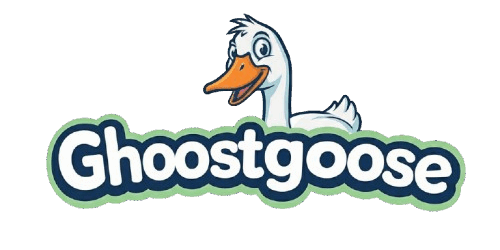
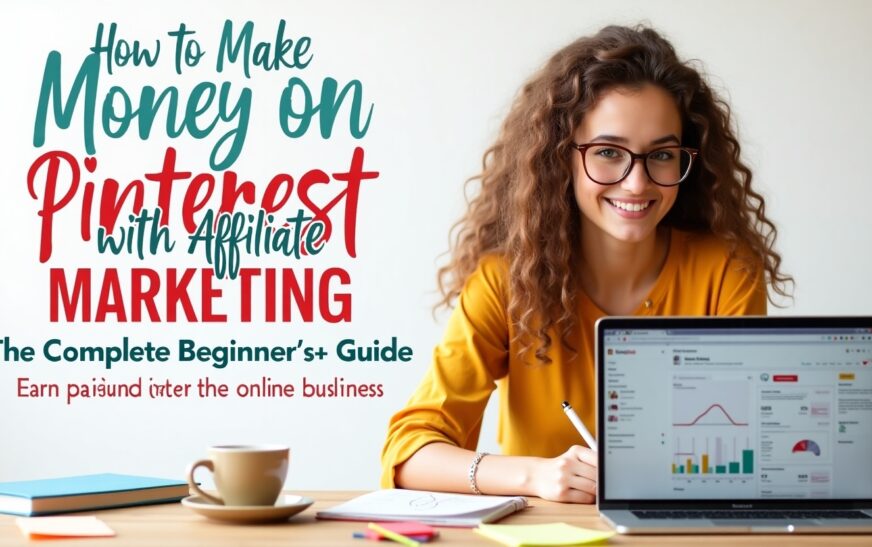
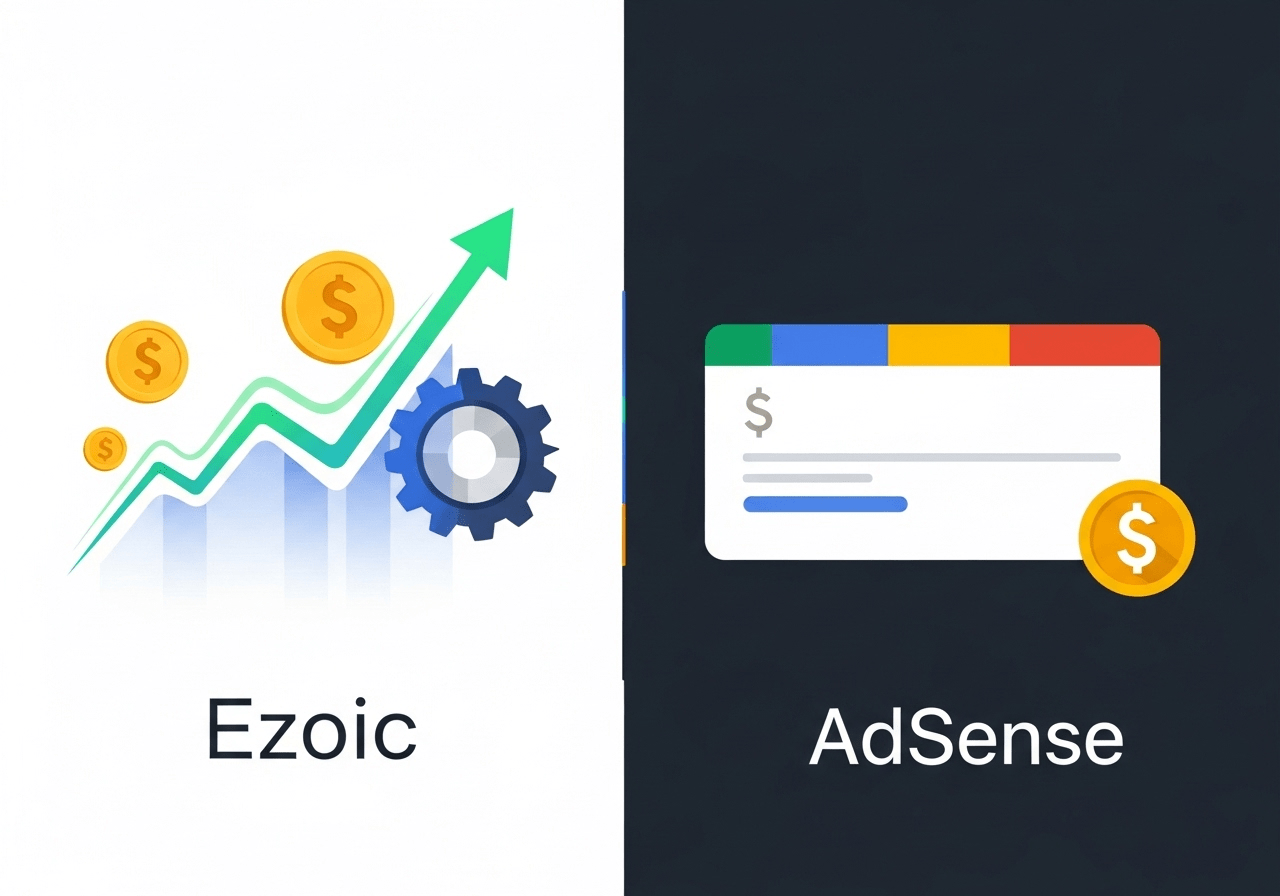



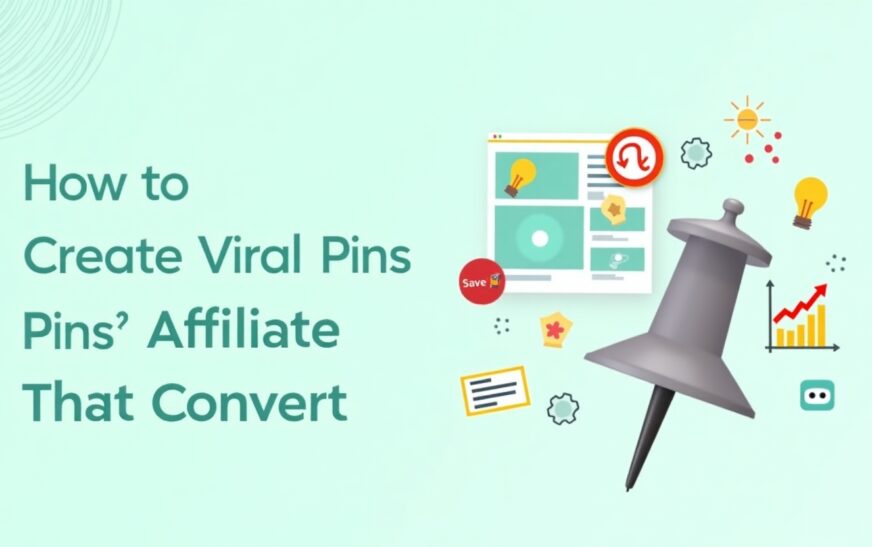
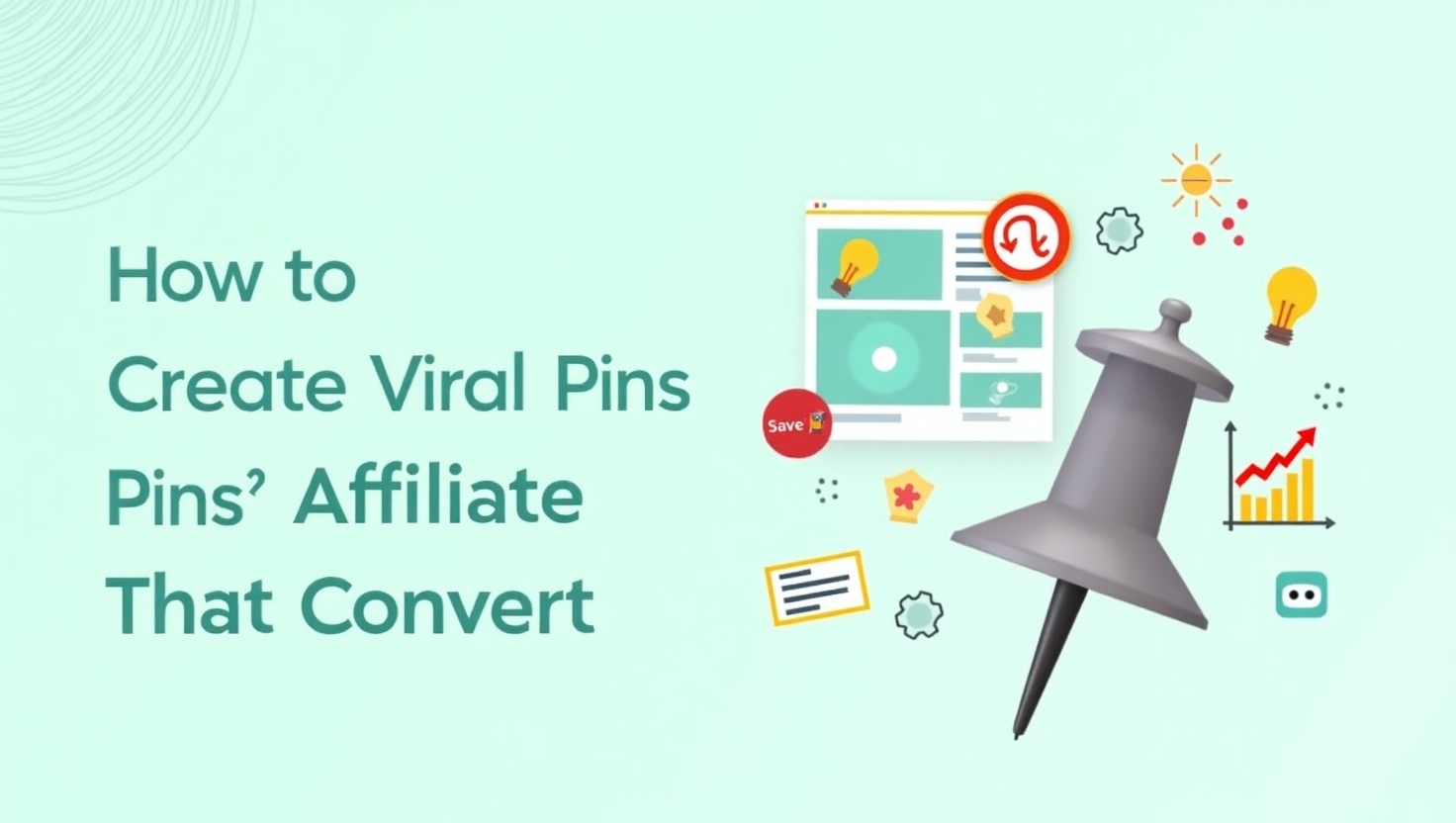


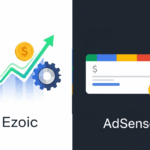


2 Comments
[…] Affiliate Marketing gives you the power to reach millions and generate income through engaging and shareable content […]
[…] Explore the Strategy […]